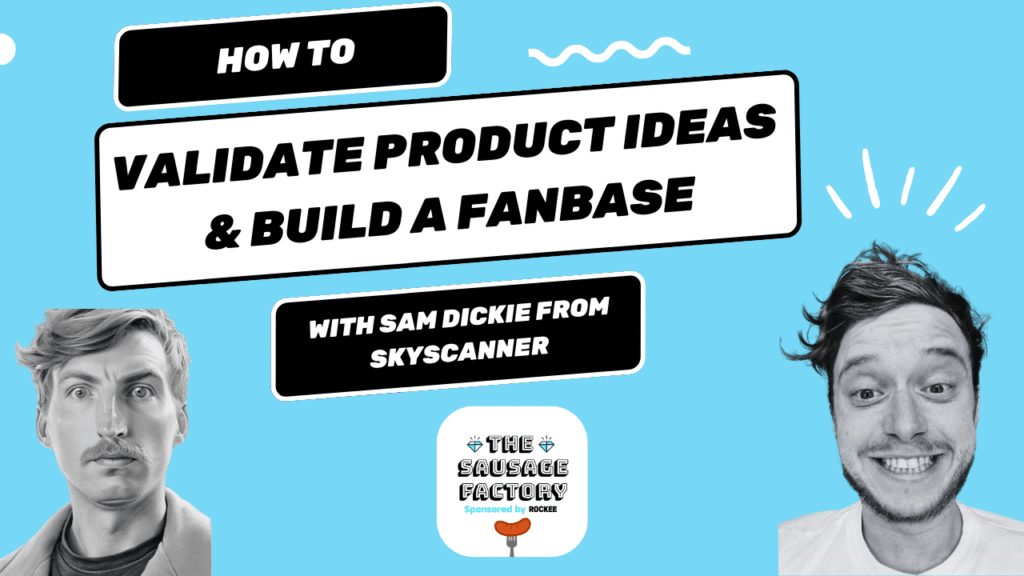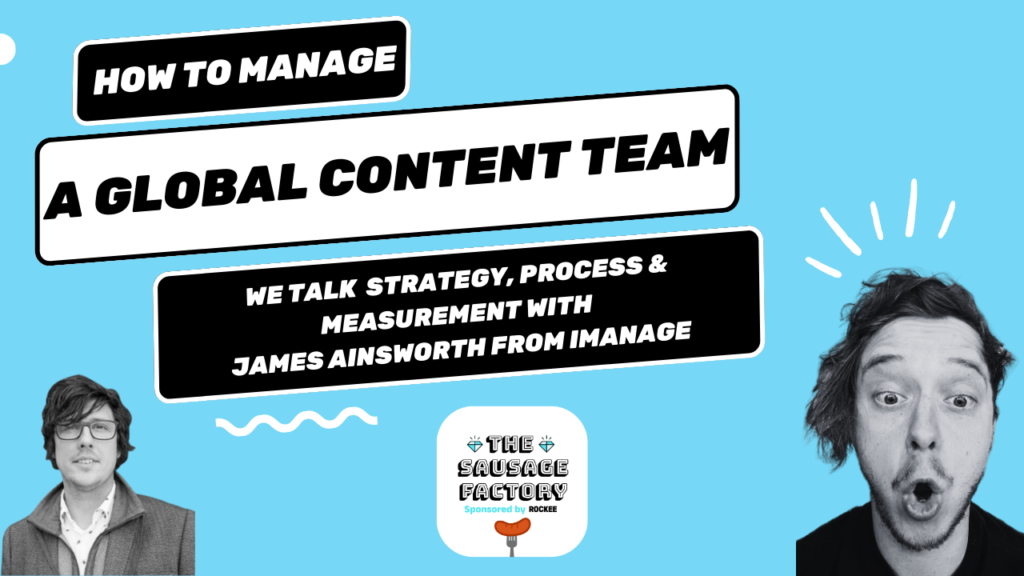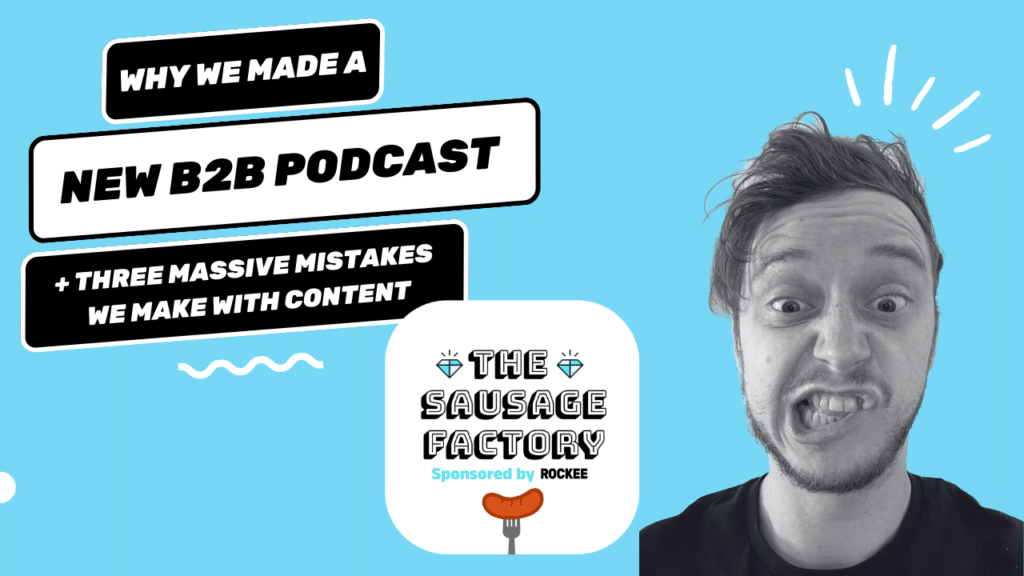On this Sausage Factory pod episode, we speak to Sam Dickie, about mastering product idea validation and the art of being a content creator
How to build a Global Content Team – we talk Strategy, process and content KPIs
We talk to James Ainsworth on The Sausage Factory podcast, about how he built a global content team, the strategy, process and content KPIs!
Is AI killing great content experience?
We talk to Jess Crandon from Salesforce on The Sausage Factory podcast, about great content experience and the potential perils of not-so-great content.
Introducing The Sausage Factory – A Content Marketing Podcast
Our very first podcast! In this episode we talk about three big problems in content marketing and why Rockee, the content feedback platform was built!




